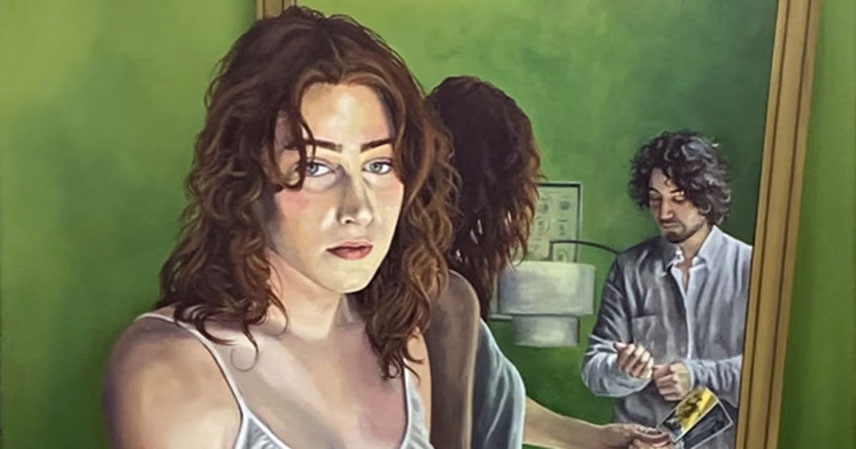The art world recently buzzed with discussion surrounding Amy Sherald’s controversial portrait of a transgender Statue of Liberty. This piece sparked a vital conversation about representation, identity, and the role of art in shaping our understanding of the world. This blog post delves deeper into the controversy, exploring the artist’s intentions and the broader implications of this powerful image.
Sherald, renowned for her striking portraits of Black individuals, has consistently used her art to challenge traditional representations and amplify marginalized voices. Her work forces us to confront the lack of diversity in historical art and the ongoing struggle for equitable representation in contemporary society.
The Portrait and its Controversy 🖼️
Sherald’s portrait depicts the iconic Statue of Liberty reimagined as a transgender woman. This bold reimagining immediately ignited debate. Some praised the piece for its powerful commentary on gender identity and the ongoing fight for trans rights, while others criticized it for altering a cherished national symbol. The controversy highlights the complex and often sensitive nature of artistic expression and its power to provoke dialogue.
The use of the Statue of Liberty, a symbol of freedom and opportunity, to represent a transgender woman is particularly significant. It suggests a reclaiming of these ideals, suggesting that freedom and opportunity should extend to all, regardless of gender identity.
Amy Sherald’s Artistic Vision 👀
Sherald’s artistic practice is deeply rooted in her commitment to depicting Black individuals and communities. She aims to challenge the historical underrepresentation of Black people in art, creating portraits that are both visually stunning and deeply meaningful. Her work often explores themes of identity, race, and social justice.
In her own words, Sherald has expressed a profound desire to fill the gaps in art history, creating images that reflect the diversity of the human experience. The transgender Statue of Liberty is a continuation of this commitment, pushing the boundaries of representation even further.
The Importance of Trans Representation in Art 🏳️⚧️
The debate surrounding Sherald’s work underscores the critical need for greater representation of transgender individuals in art and across all media. For too long, trans people have been marginalized, misrepresented, or completely absent from mainstream narratives.
Art has the power to shape perceptions, challenge stereotypes, and foster empathy. By depicting transgender individuals in authentic and nuanced ways, artists can help to create a more inclusive and understanding society. Sherald’s work, despite the controversy, contributes to this crucial effort.
The Broader Implications of the Artwork 🌍
Beyond the immediate debate, Sherald’s portrait raises important questions about the role of art in public discourse. Art can be a catalyst for social change, sparking conversations and challenging deeply held beliefs. It forces us to confront uncomfortable truths and consider alternative perspectives.
The controversy surrounding the painting highlights the power of art to provoke, challenge, and ultimately, contribute to a more inclusive and equitable society. The discussion itself is a testament to the artwork’s impact and its ability to generate meaningful dialogue.
Key Takeaways 🔑
- Amy Sherald’s portrait of a transgender Statue of Liberty ignited a vital conversation about representation and identity.
- The artwork highlights the ongoing need for greater inclusion of transgender individuals in art and wider society.
- Sherald’s work challenges traditional artistic representations and promotes a more diverse and inclusive view of American identity.
- The controversy underscores the power of art to spark debate and contribute to social change.
- The piece serves as a powerful symbol of the fight for trans rights and the ongoing struggle for equitable representation.
In conclusion, Amy Sherald’s controversial portrait is more than just a piece of art; it’s a powerful statement about representation, identity, and the ongoing struggle for equality. The ensuing debate, similar to the recent conversations around the V&A Dundee exhibition, reflects the importance of diverse voices and the crucial role art plays in shaping our understanding of the world.
Source: Why trans art matters more than ever: ‘It reflects how people live and love’



